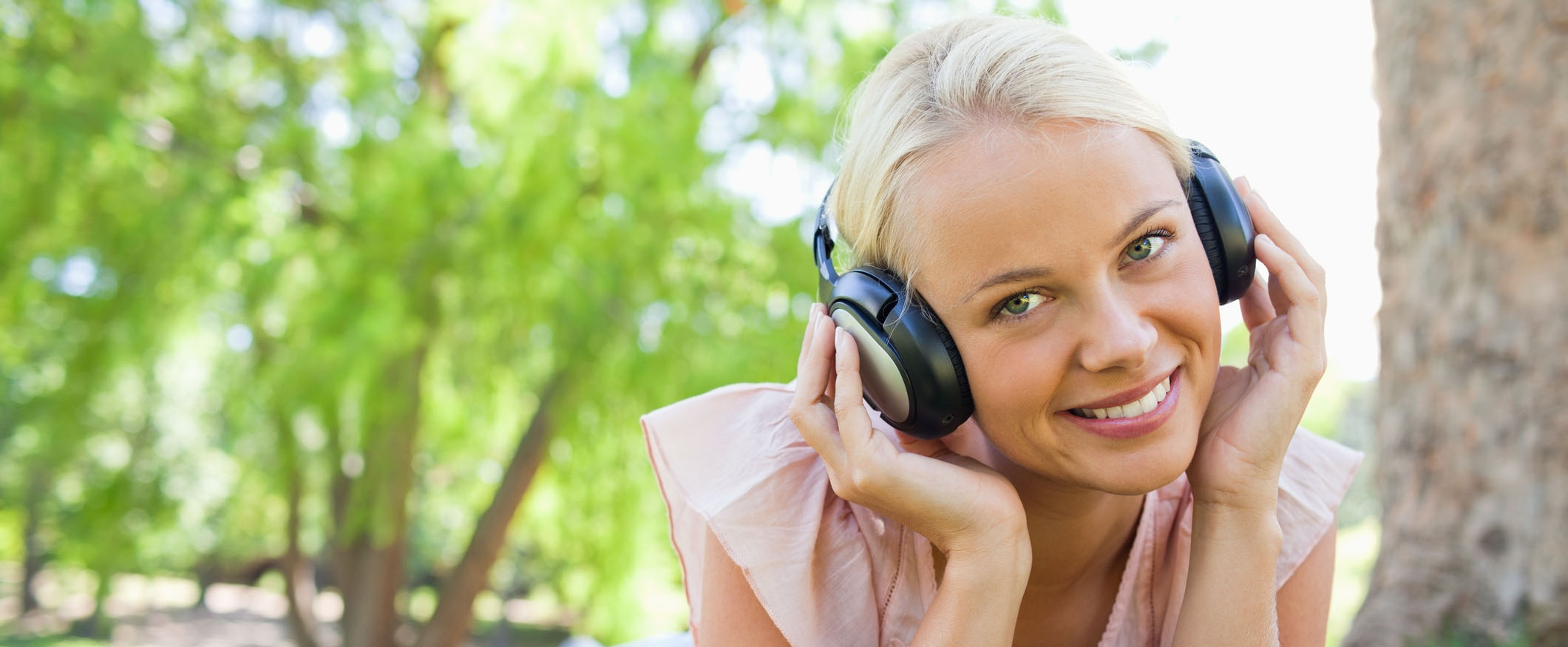Home > Listening Therapy > Visual Arts

Without my moving, chaos had rearranged itself before my eyes into a new and rigorous order. Nothing had actually changed. It was I who was now situated inside this vision of the world instead of outside.…Dr. A Tomatis
Visual Arts
How often we attribute qualities to the eyes, when it is really the ears that are doing the job.
The ears have three main functions. Most obvious is the analysis and de-coding of sound which is called the cochlear function. But the ear also has the more primary function of providing our sense of balance and spatial awareness. Its third function is the provision of 85% of information to the brain and according to Tomatis it actually stimulates the brain by providing cortical energy.
What this all means, for any person interested in or practicing the visual arts, is that by untangling our listening patterns we also untangle our patterns of visual awareness.
Consider the sense of balance for instance. This involves a lot more than physical equilibrium. It means the tone of the body, it means our gestures and all the non-verbal language of our bodies; it means the relationship our bodies have with their wider environment. In fact, as the ear is our first functional sense organ at four and a half months in the womb (and incidentally, and one could say poetically, the last to switch off when we die), it is the ear which first of all establishes in the brain a spatial dynamic on which any later patterns of seeing are superimposed or built upon. From this it is clear that how we listen effects at the very deepest level, how we perceive.
Colour
We all have the capacity to hear a "rainbow of sound". When our receivers are distorted it will effect the way we see colour, in its fullness and scale of gradation. Each colour composed of pure light has a corresponding aural frequency, so by opening the ears to register a sound wave frequency accurately, we are able at the same time to experience a light wave colour in a more complete and dynamic fashion. The changes in our colour perception may produce a greater receptiveness to the subtleties within a particular hue or a more fulsome palette in your work.
Spatiality
Tangled patterns of listening can also interfere with our ability to perceive in three dimensions. Speaking subjectively, our vision may be flattened out. A sense of perspective may be something we can learn how to achieve through a technique, but the instinctive birth right of actually feeling the expanse and depth of three dimensions will remain somewhat intangible. Perspective will never be fully revealed to and through us, and any art work will be limited by our ability to listen.
Creativity
Charging the brain with cortical energy results in increased awareness and attention. We are able to concentrate better and use our times of creative work more effectively and with far greater focus. We can harness our creative energy to the essentials and at the same time release "creative blocks" that may have hindered us.
By undertaking the Listening Course the ears are re-educated to perceive nature in the way they were intended to. This in turn opens up our spatial awareness and puts us in contact with our true untapped potential. Composition and how a drawing for instance "fills the paper" can change dramatically. Creativity and flow are released as the mind and body experience greater equilibrium and harmony, through the increased ability to receive greater sonic energy in the form of high frequencies and at the same time block out parasitic noise from our environment.
For more information or to book an assessment Contact us.
